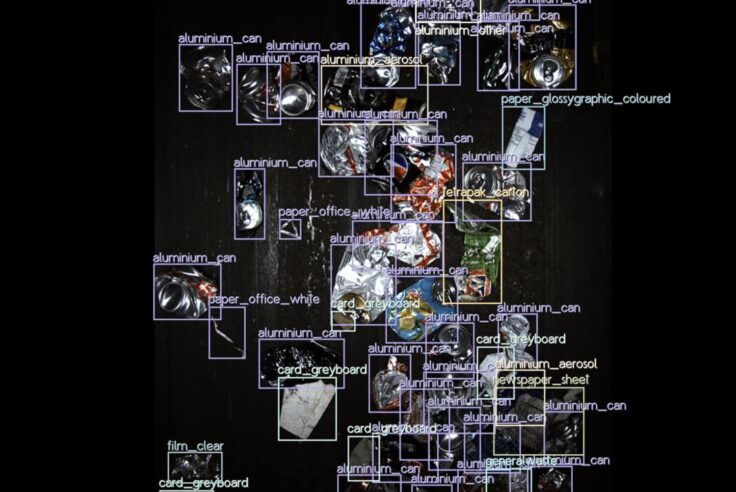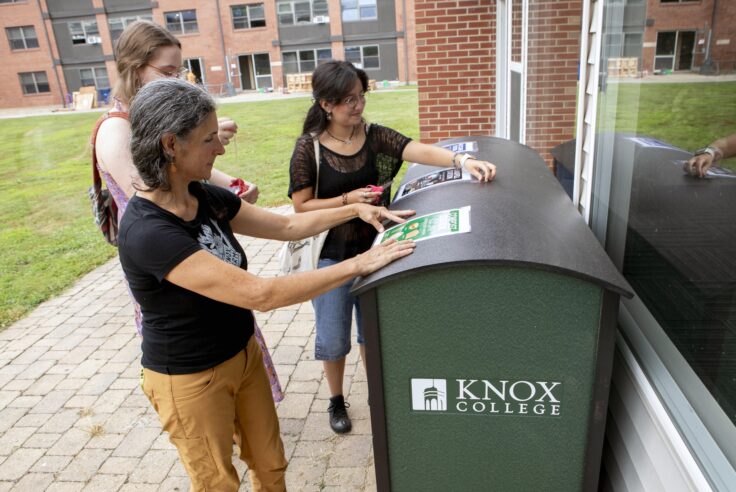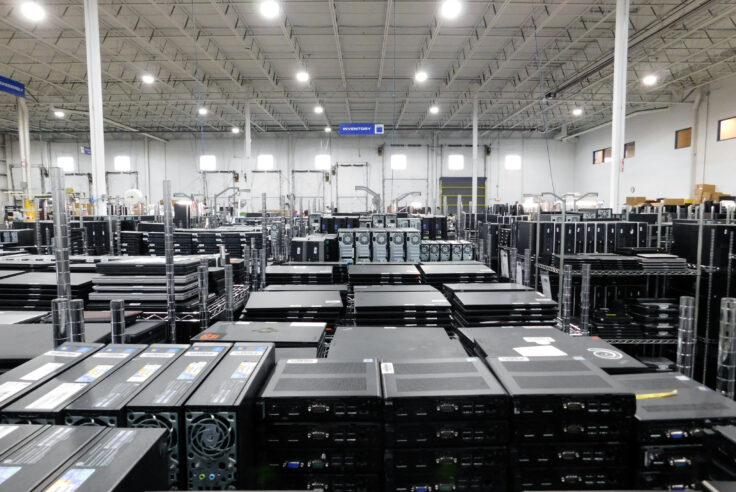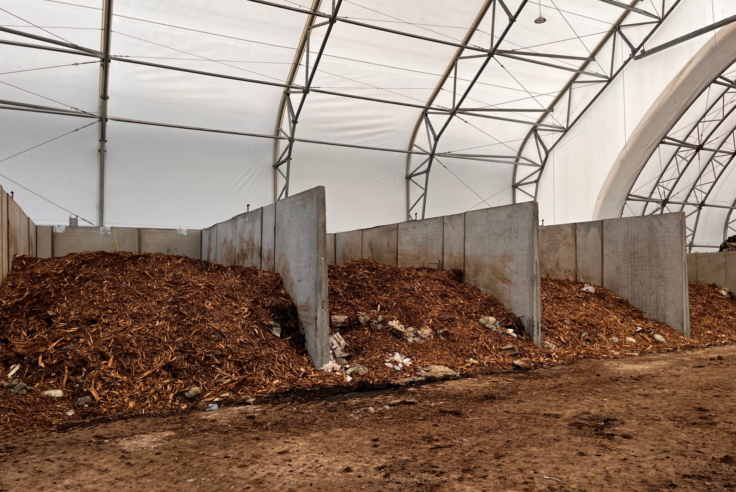Closed Loop Partners Launches Report on Unprecedented Shifts in the Circular Economy in North America
September 23, 2020
The report explores the sea change underway as four key drivers – market forces, recent innovations, changing policy and groundbreaking partnerships – push circularity forward
New York, Sept 24 – Today, Closed Loop Partners’ innovation center, the Center for the Circular Economy, announced the release of its timely report, The Circular Shift: Four Key Drivers of Circularity in North America. The report highlights critical trends driving circularity in the region, putting circular economy solutions at the center of business strategy, innovation development, policy changes, and new institutional partnerships.
The tumultuous events of 2020 have shed light on the importance of strong, stable, transparent systems, exposing the risks of overcomplicated, opaque supply chains and the limitations of continually extracting finite resources. In North America and around the world, supply chain disruptions, growing amounts of waste, and health and safety risks have called attention to the flaws of business-as-usual. As these challenges come to the fore, the urgency of rethinking systems that throw $10 billion worth of resources into U.S. landfills has increased. With growing investments and interest in less wasteful systems, the circular economy in North America is in the midst of a sea change.
Since 2014, Closed Loop Partners has been operating and investing in the circular economy, finding opportunities in the space and supporting its rapid growth across the U.S. Drawing from the firm’s investment intelligence and its Center’s research, the report delves into the Four Key Drivers of the Circular Economy in North America, exploring how innovation, investment, policy and partnership act as key enablers of the emerging economic model.
These factors shape and strengthen the landscape for circularity as investable opportunities have noticeably advanced, with momentum and innovation in the space growing rapidly. Capitalizing on the circular economy ultimately promises to recapture business value, offering a $4.5 trillion global opportunity by 2030, according to Accenture. Unexpected partnerships and visionary policy will be essential to accelerate the shift toward an economic model that is enduring, and able to withstand future shocks.
Against the backdrop of this year’s NYC Climate Week, the link between the circular economy––the reduction of both extraction of raw materials and of waste––and the consequences of climate change have never been stronger, or more apparent. The circular economy is not a singular solution, nor a short-term fix. To achieve circularity goals, such as decarbonization and dematerialization, change must be sweeping and collaboration must be far-reaching. Much like environmental solutions must include every stakeholder in the path forward, so must the circular economy.
“The clock is ticking on our current linear economic system and the circular economy offers a path forward: a robust framework that aligns the interests of shareholders, corporations, local communities and the environment,” says Kate Daly, Managing Director of the Center for the Circular Economy at Closed Loop Partners. This report builds on the achievements to date and the necessary actions to move forward, underscoring the urgency of focused investment, innovation opportunities, policy change and unexpected collaborations to achieve system-wide change.
Related posts

Press Release
Beyond the Bag Initiative Releases Its Largest Study...
The Consortium to Reinvent the Retail Bag unveils insights...

Blog Post
For Reuse to Work, Language Matters
A quick guide to messaging for reuse programs and getting...

Press Release
Closed Loop Partners’ Composting Consortium Launches...
The grant program for composters and communities comes...

Press Release
New Data Reveals High Quantities of Food-Grade Polypropylene...
Closed Loop Partners’ Center for the Circular Economy...

Blog Post
Keeping Compost Clean: Tools to Help Reduce Contamination...
The Composting Consortium interviews EcoProducts to...

Press Release
Closed Loop Partners and U.S. Plastics Pact Identify...
Packaging types primed for reuse lay the groundwork...

Blog Post
Why We Invested in Mycocycle: Nature-Inspired Circular...
Closed Loop Partners’ Ventures Group saw a key opportunity...

Press Release
Closed Loop Partners’ Portfolio Company, Sage Sustainable...
The bolt-on acquisition scales Sage’s end-to-end...

Press Release
Closed Loop Partners Unveils Groundbreaking Findings...
Closed Loop Partners’ Center for the Circular Economy...

Blog Post
8 Tips to Navigate Life Cycle Assessments for Circular...
Closed Loop Partners’ Center for the Circular Economy...

Press Release
Closed Loop Partners Leads $4M Seed Round for LAIIER,...
Investment in the innovative liquid leak detection...

Blog Post
Why More Composters Are Recovering Food Scraps and...
Black Earth Compost and Glacial Ridge Composting Facility...
